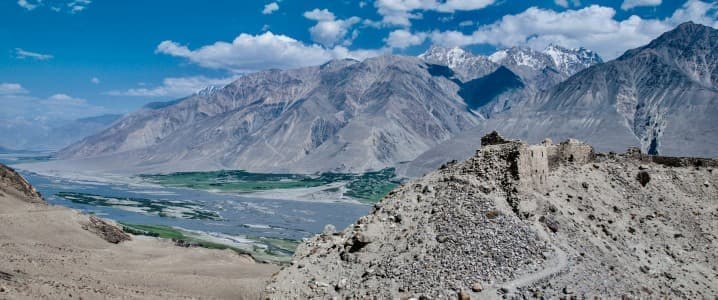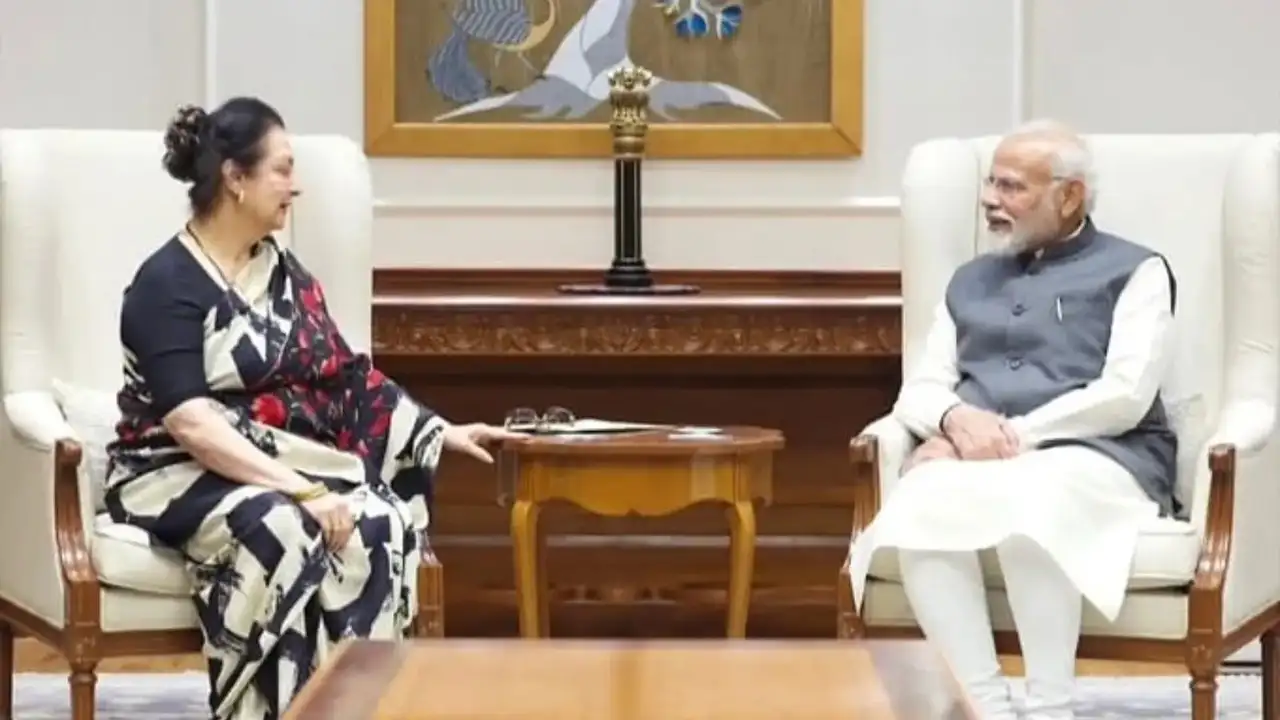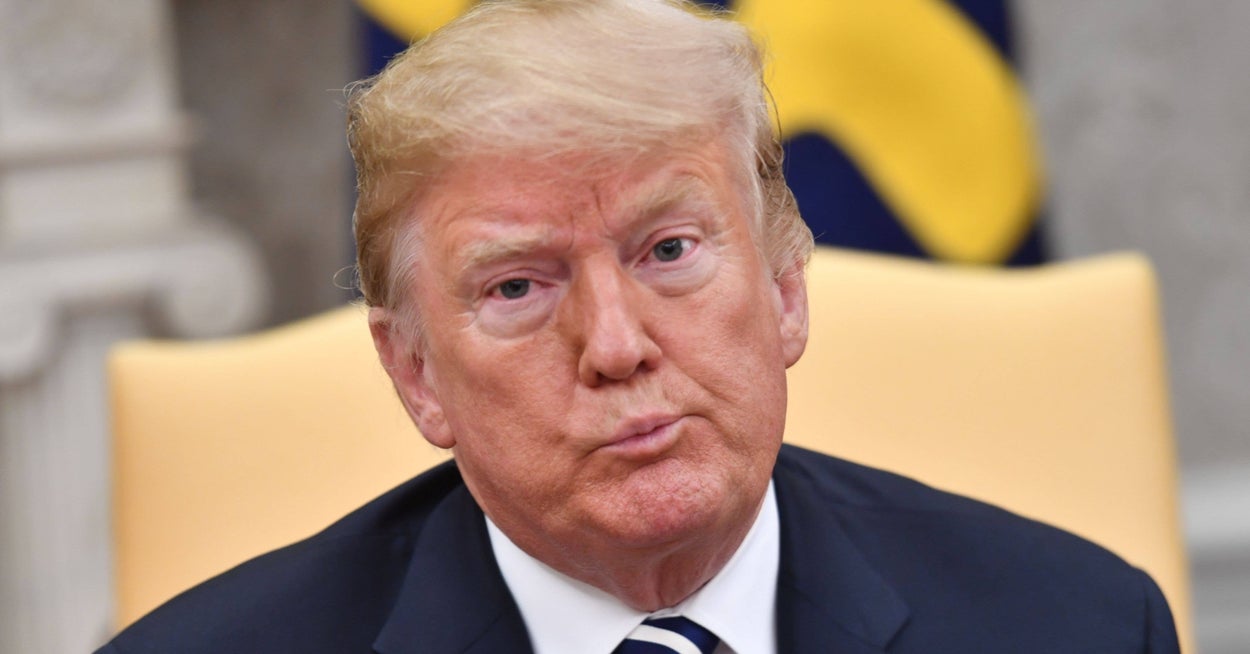
Tajikistan is almost entirely dependent on international donors to fund 82 government infrastructure projects across a wide range of sectors.
International development entities, led by the World Bank, Asian Development Bank and the UN’s International Fund for Agricultural Development (IFAD), are providing roughly 97 percent of the financing for the 82 projects, which are projected to collectively cost $4.5 billion, according to an investigative report published by the Asia-Plus news agency. Of the roughly $4.4 billion provided by international donors, $3.2 billion has come in the form of grants, and $1.2 billion in loans, states the report, which cites statistics compiled by the Tajik State Committee for Investment and Management of Government Assets.
Just over 3 percent of funding for infrastructure improvements, or about $144 million, is coming from Tajik national government funds. Other sources, including local governmental entities and state-controlled enterprises, are kicking in another roughly $6 million.
Of the 82 projects evaluated, the energy-sector has received the largest share of donor funding/investment at $1.6 billion, followed by transportation infrastructure ($1.2 billion) and education ($426 million), according to the Asia-Plus investigation. The agricultural sector accounted for only $210 million.
Asia-Plus lists the World Bank as Tajikistan’s top international donor, facilitating almost $1.7 billion in assistance for a variety of development projects.
Among the Tajikistan-related outlays approved by the bank during the past year is a $350 million International Development Association grant to support construction of the Rogun Dam, which has been engulfed in controversy of late amid growing concerns about its profitability as an electricity producer and potentially harmful environmental impact on downstream nations.
Regional media outlets reported in August that the bank temporarily paused its assistance for the dam’s construction until the government demonstrated the project’s economic viability and developed a plan to repay all construction-related loans. Lots of other international development agencies and foreign governments have pledged substantial funds for Rogun construction, including the European Investment Bank, Asian Infrastructure Investment Bank and the Islamic Development Bank, as well as the governments of Saudi Arabia and Abu Dhabi.
A World Bank estimate, dated July 12, 2023, pegs the overall cost of Rogun construction at $5 billion. At present, however, Rogun’s estimated price tag is over $8 billion and climbing.
Other World Bank-funded projects approved in recent months for Tajikistan include a rural electrification initiative for the mountainous Gorno Badakhshan Autonomous Area, a program to “create favorable market conditions for private sector development” and implementation of a socio-economic resilience plan to “strengthen participatory local governance, improve the quality of local infrastructure, both in targeted communities, and increase extracurricular or livelihood opportunities for youth.”
In August, Tajik officials announced foreign direct investment (FDI) totaled $144.7 million during the first half of 2025, representing a 17 percent decline compared to amount recorded during the same period the previous year, Asia-Plus reported. The news agency quoted Sultan Rahimzoda, the chairman of the State Committee on Investments, as saying several factors were responsible for hindering investment, including “the low speed of the Internet and the lack of sufficient number of flights.”
An investment climate analysis for Tajikistan in 2024 published by the US State Department indicates there are other tall barriers to FDI, including “regulatory and legislative environments [that] are often opaque in key areas such as taxation, labor law, and health and safety requirements.” It also characterizes the business environment as heavily reliant on personal connections, noting that “even large, nominally private-sector businesses are often connected to politically exposed persons, and receive preferential treatment despite running inefficiently.”
“Corruption occurs at all levels, from street-level inspections to irregularities of tender processes and taxation,” the State Department analysis adds.
By Eurasianet.org
More Top Reads From Oilprice.com
China Defies Sanctions With Sixth Russian Arctic LNG Cargo
Italy Approves Saipem-Subsea 7 Energy Services Merger
Norwegian Offshore Oil and Gas Production Surges Past Expectations



